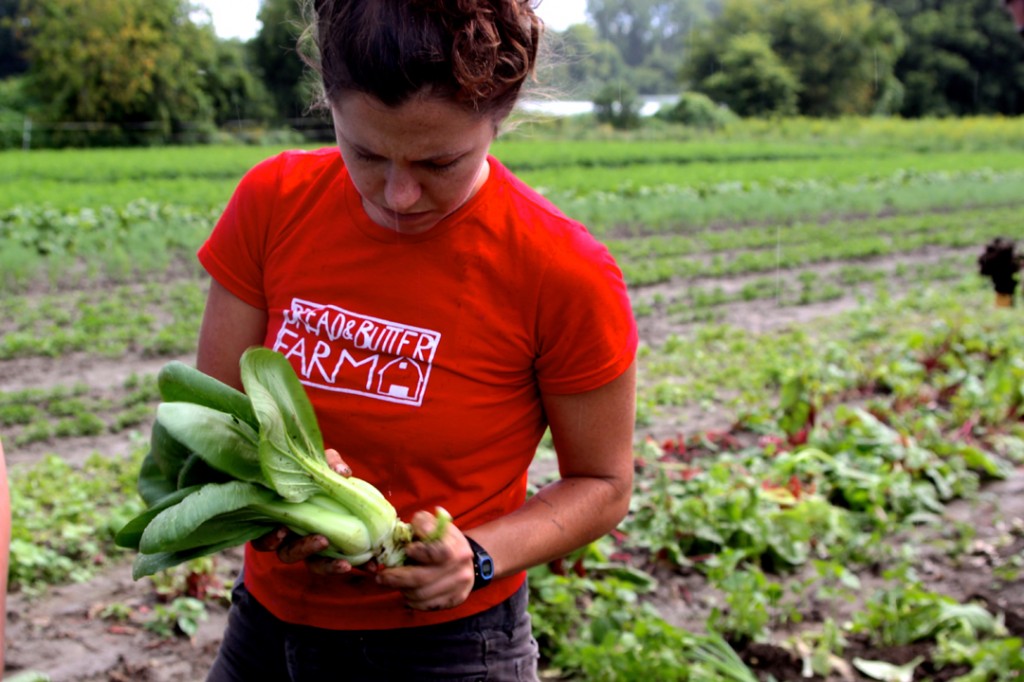By Travis Marcotte
Intervale Center Executive Director
The USDA Forest Service estimates that 6,000 acres of open space in the U.S. are lost to houses and other development each year. We also know that, due to an aging farmer population, 70 percent of American farmland will change hands in the next 20 years, leaving even more open space extremely vulnerable to development.

Open space provides incredible benefits to our communities; it’s where we walk and play, where wildlife thrives, and where we grow our food. With the rapid loss of open space in the United States today—as well as climate change, hunger, obesity, and struggling rural economies—there are many complicated challenges facing communities across the hemisphere.
Luckily, there are stories of hope and innovation that can counteract these grim statistics—stories about towns and cities that are protecting and revitalizing open spaces for community food programs. All across the country and Canada, people are seeking to reclaim land and build community food initiatives.
In Saratoga, N.Y., Pitney Meadows Community Farm is working to preserve 166 acres of farmland within city limits that would host a farm training program, community gardens, events, trails, community education, and more. In San Diego, the city council recently implemented a new law that incentivizes land owners to convert their land to urban agriculture, including growing healthy soil, which will also sequester carbon. In Canada, Community Food Centres is seeking to expand food security programs more broadly by developing place-based centers across the country.
Supporting Farms, Land and People
 An illustration of The Intervale Center and Burlington
An illustration of The Intervale Center and Burlington
The Intervale Center and its partners have invested in this work for almost 30 years. Back in 1986, Will Raap, founder of Gardener’s Supply Company, spearheaded an enormous community clean-up effort to restore the degraded Intervale to its agricultural roots and founded the Intervale Center. Since then, we have conserved hundreds of acres of land in the Intervale, reclaimed agricultural soils, and built a suite of programs and enterprises that support farms, land, and people.
This year, 11 commercial farms, a New American Farm and over 300 gardeners at Tommy Thompson Community Gardens will grow tons of organic food for our community. Our Conservation Nursery is caring for over 90,000 trees that will be transplanted to riverbanks across Vermont to restore buffers and improve water quality. Each week, our Gleaning and Food Rescue program provides free food to 150 families and to 14 area social service organizations by harvesting produce that would otherwise go to waste. The Intervale Food Hub is moving food from 30 Vermont farms and food makers into new markets, and we will work with dozens of farms across Vermont to enhance their business management. Summervale, our weekly summer music and food festival, celebrates Vermont’s bounty with thousands of people every Thursday evening in July and August.
Investing in open space for community food initiatives stands out as a keystone of a hopeful future for communities across the United States. Not only will these spaces provide land for us to grow food locally, they will provide special places for residents to gather and engage with the food and natural world that sustains them. They add economic, social, and environmental value back to towns and cities. When we invest in open space for community food programs, we are addressing a myriad of complicated challenges and creating a more sustainable, vibrant future.










